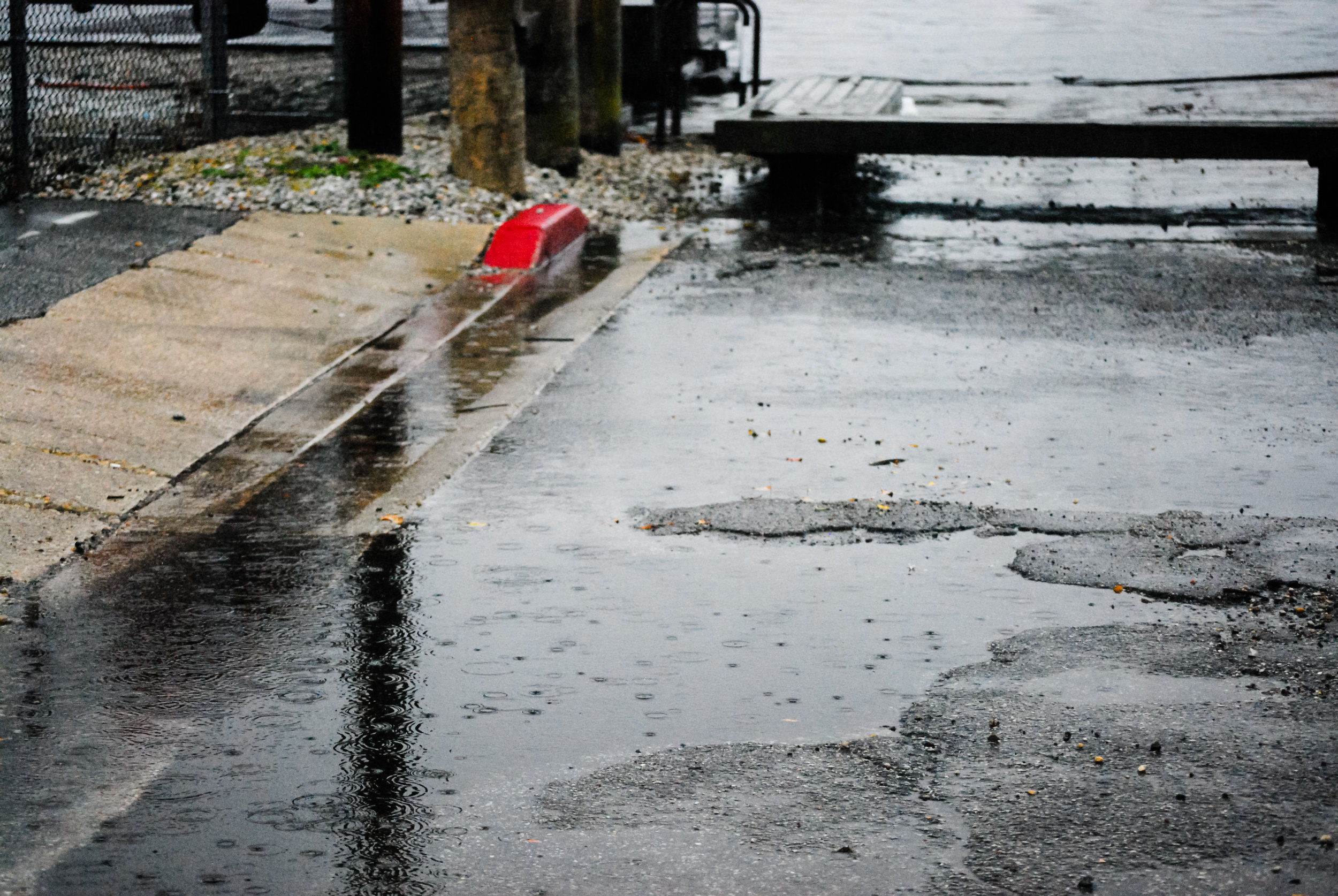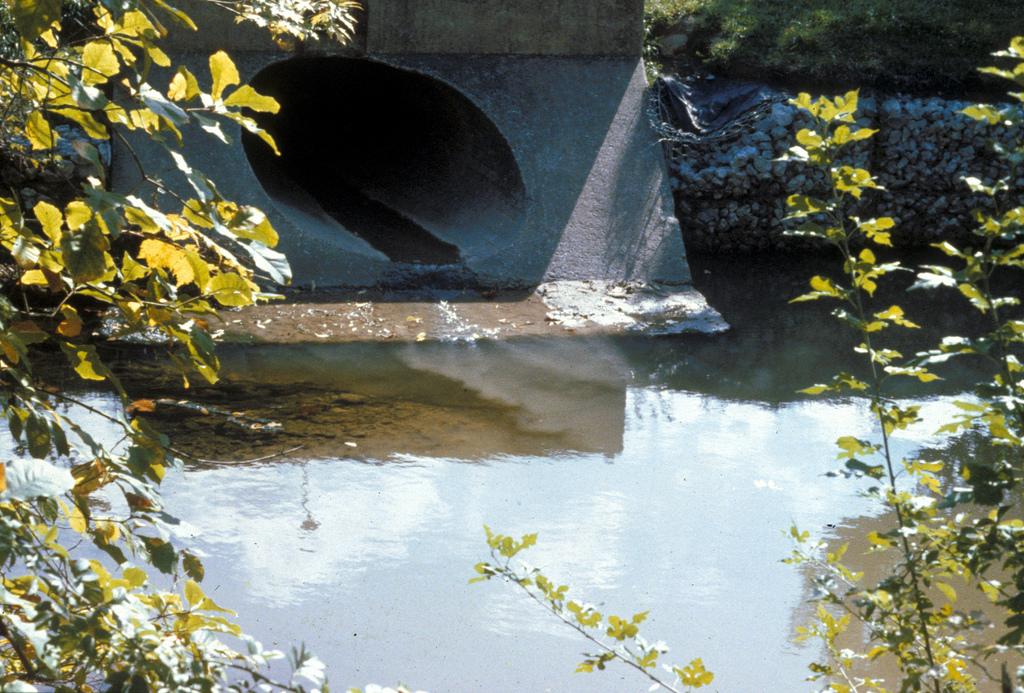“Hi, We’re from the Stormwater Workgroup and We’re Here to Help!”
As unlikely as the words in the title are to be spoken out loud, they would ring true if they were. Dealing with stormwater pollution, or “polluted runoff” - the more public friendly term- in the Chesapeake Bay watershed, has been a Policy Priority of the Choose Clean Water Coalition since our formation in 2009.
Photo Credit: Chesapeake Bay Program
Our simple sounding goal is: “Strengthen policies and permits to stop polluted runoff in urbanized areas.” Anyone familiar with this issue knows that neither the problems nor the solutions are simple. Even narrowing down to “urbanized” areas is a bit of a misnomer, since there is polluted runoff on farms (think about what pops out of one end of a cow, and then what happens when it rains); from rural areas where drilling pads for hydraulic fracturing (fracking) are located; and from the construction of pipelines and powerlines crisscrossing the rural parts of our watershed. All are growing sources of stormwater runoff and pollution.
Let’s get back to the primary issue of stormwater pollution. This is the source of about 16 percent of nutrient pollution (both nitrogen and phosphorus) and 24 percent of sediment loads to the Bay. Far from the largest source of pollution to the Bay, but it is the fastest growing source in our region and one that tends to be very expensive to fix. That is why the Coalition decided early on to focus on this complex source of Bay pollution.
Much of the polluted runoff in our region though, does emanate from urbanized areas, and local and state governments, and the EPA, all have a role in regulating and reducing these sources of pollution. This is done primarily through a permitting system established through the Clean Water Act – the Municipal Separate Storm Sewer Systems, or “MS4” permits, for short. Kind of a cutesy acronym that engineers find comforting, and the rest of us roll our eyes about.
Photo Credit: Chesapeake Bay Program
But MS4 permits are a critical mechanism for dealing with stormwater runoff and that is why the Coalition’s Stormwater Workgroup has focused on this tool. In 2016, the Workgroup developed and adopted a “Model MS4 Permit” for our region, which clean water advocates could use, and have used, to lobby local, state, and federal governments to development stronger permits to reduce stormwater pollution entering local streams and rivers and eventually the Chesapeake Bay itself.
The Workgroup has also focused on mechanisms used by local governments to fund the actions that need to be taken “on the ground” to reduce pollution. Often, these funding sources are called “Stormwater Utilities” and are a user fee charged to residential and commercial properties for local governments to cover costs to fix stormwater pollution problems, many of which are caused by private development. The Coalition has put together an inventory of stormwater utilities throughout the six state (and D.C.) Chesapeake Bay watershed, with the intent of sharing success stories among local jurisdictions. These stories and “lessons learned” have been expanding around the watershed and more and more localities are considering, and implementing, new and innovative funding sources to pay for the work that is necessary.
There are no “silver bullets” to address stormwater pollution in the Chesapeake region – or nationwide for that matter. But the Stormwater Workgroup of the Choose Clean Water Coalition has been working hard to make a difference and to stop this growing source of pollution from growing any further.
Peter Marx is a federal contractor and the Stormwater Workgroup lead for the Coalition.


